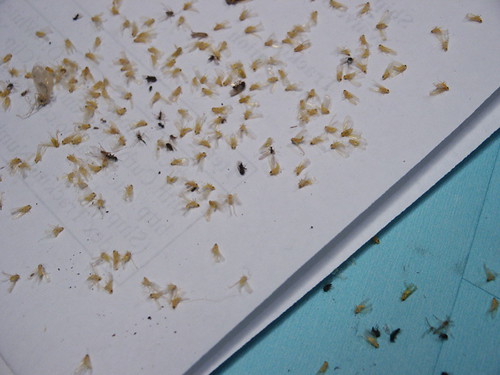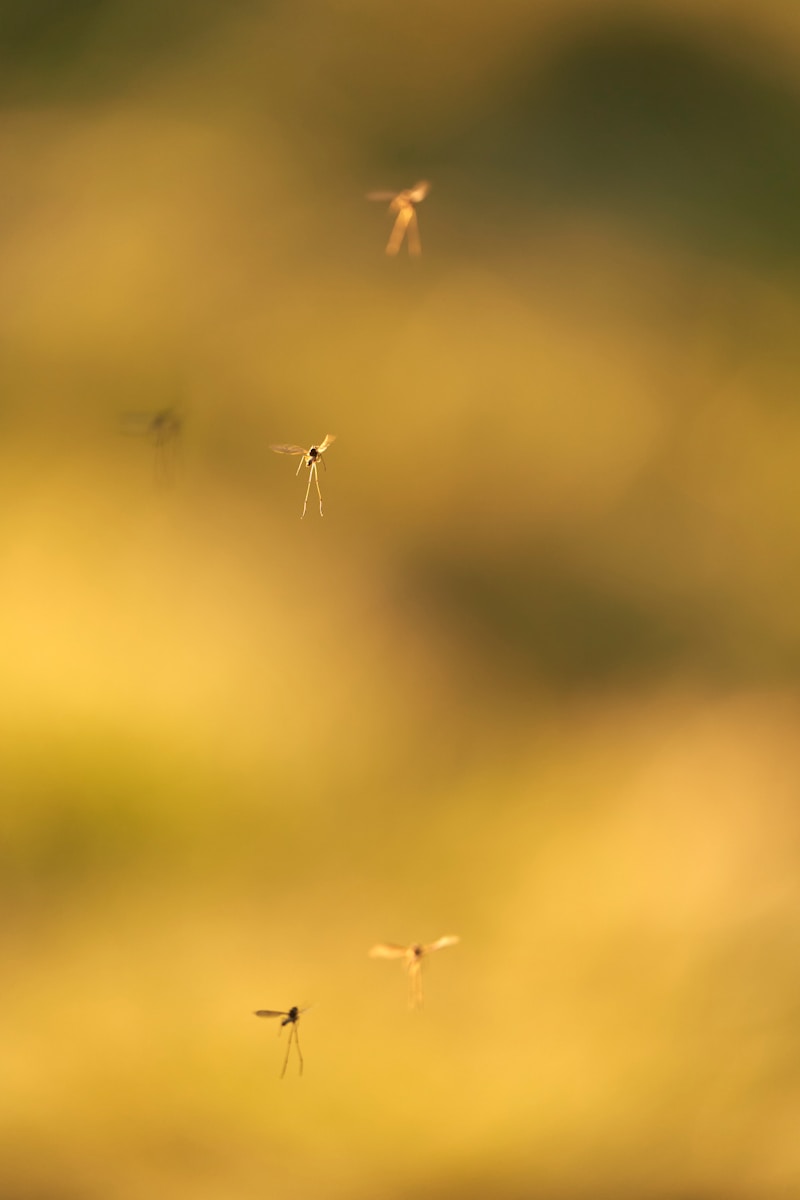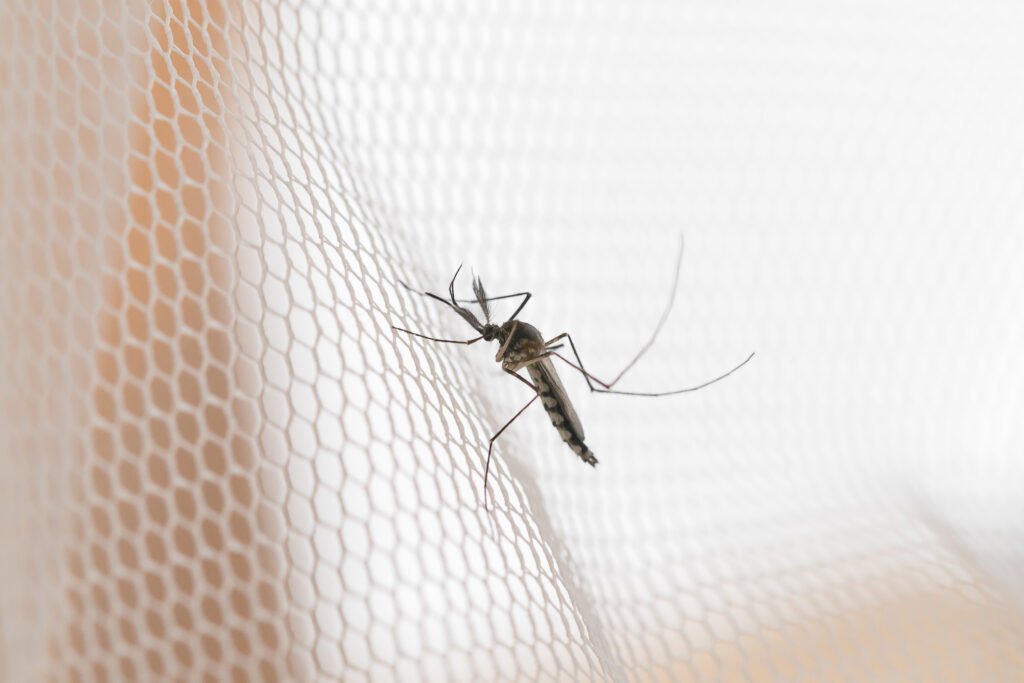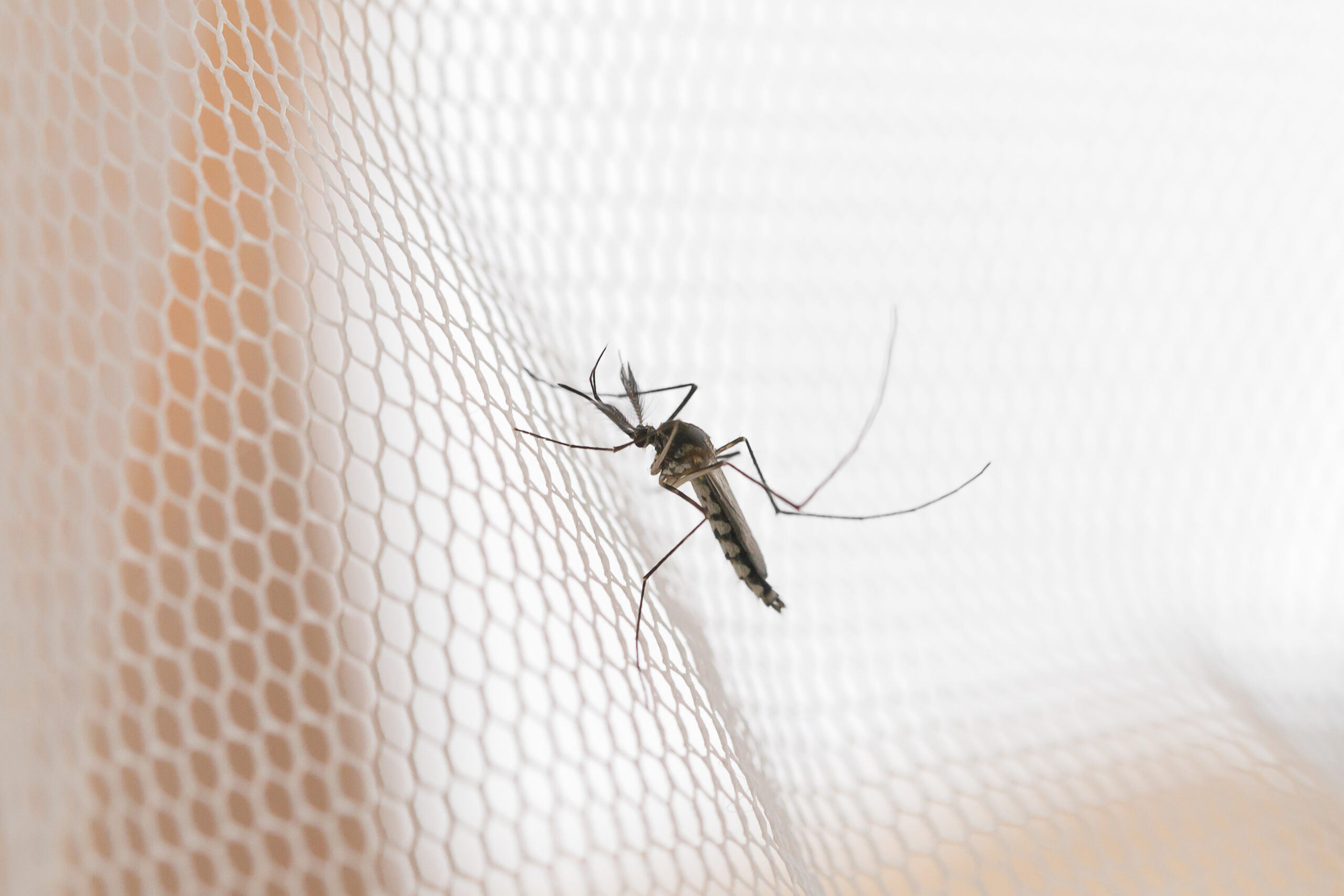Gnats can be a persistent and annoying problem in many households. These tiny flying insects are not only a nuisance, but they can also pose risks to plants and spread diseases. Therefore, it is crucial to address gnat infestations in a timely and effective manner.
To get rid of gnats, one must first identify the type of gnat they are dealing with, as different species might require specific elimination methods. The article will discuss various techniques for removing these unwelcome pests, ranging from natural remedies to chemical treatments that target gnat populations and prevent future infestations.
The key to success is being consistent and thorough with the chosen approach, ensuring a clean and gnat-free home. The following sections will provide detailed guidance on how to tackle gnat problems, allowing readers to make informed decisions and reclaim their living spaces from these pesky insects.
Understanding Gnat Infestations
Identifying Gnats
Gnats are tiny, flying insects often found swarming near plants, fruit, or standing water. They usually measure 1/16 to 1/8 inch long and have slender, dark bodies. Fungus gnats and fruit flies are two of the most common gnat species. Fungus gnats are black or gray in color, while fruit flies are reddish-brown. To identify gnats, look for the following characteristics:
- Small, dark-colored insects
- Wings with few veins
- Antennae with five to fifteen segments

Life Cycle of Gnats
Understanding the life cycle of gnats is essential to effectively eliminate an infestation. The four stages of a gnat’s life cycle are as follows:
- Eggs: Female gnats lay eggs in moist, nutrient-rich environments.
- Larvae: After hatching, larvae feed on organic matter found in their surroundings.
- Pupae: Larvae later transform into pupae, during which they develop wings and other adult features.
- Adults: Adult gnats emerge from the pupae, mate, and continue the cycle.
| Stage | Duration |
|---|---|
| Eggs | 4 to 6 days |
| Larvae | 12 to 14 days |
| Pupae | 5 to 6 days |
| Adult | 7 to 10 days |
Eliminating the Source: Targeted Solutions for Fungus Gnats in Plants
Fungus gnats are the most common indoor species and their entire life cycle takes place in the top inch of damp potting soil. Therefore, to effectively get rid of gnats in your home, you must target the soil environment, not just the flying adults.
Here are the most effective non-chemical strategies for breaking the life cycle in your houseplants:
| Strategy | Action Required | Why It Works |
| Drying the Soil | Allow the top 1-2 inches of soil to dry out completely between waterings. | Larvae require constant moisture to survive. Drying the soil kills the larvae and prevents egg laying. |
| Top Dressing | Cover the top inch of soil with a layer of sand or diatomaceous earth (DE). | Creates a dry, physical barrier that prevents adult gnats from accessing the soil to lay eggs and hinders larvae from emerging. |
| Bottom Watering | Switch to watering your plants from the bottom saucer whenever possible. | Keeps the top layer of soil dry, which discourages female gnats from laying eggs. |
| Sticky Traps | Place yellow sticky traps directly into the soil near the plant base. | Captures the adult gnats that are flying out, preventing them from reproducing and breaking the adult stage of the life cycle. |
By modifying your watering routine and creating a hostile environment in the soil, you eliminate the breeding ground and solve the gnat infestation permanently.
Common Causes of Gnat Infestations
There are several common causes of gnat infestations:
- Overwatered plants: Excess moisture in the soil creates an ideal breeding ground for fungus gnats.
- Fruits and vegetables: Decaying organic matter attracts fruit flies, who lay eggs in rotting fruit.
- Poor sanitation: Unwashed dishes, food residue, and garbage can provide food sources for gnats.
- Standing water: Stagnant water found in drains, gutters, or bird baths creates a favorable breeding environment for gnats.
To prevent gnat infestations, ensure proper sanitation, store fruits and vegetables properly, avoid overwatering plants, and eliminate standing water.

Effective Gnat Removal Strategies
Natural Gnat Control Methods
- Apple cider vinegar trap: Fill a small container or jar with apple cider vinegar and a drop of dish soap. Stir the mixture, and cover the container with plastic wrap. Poke a few small holes in the wrap to allow gnats to enter. They will be attracted to the vinegar and be trapped in the soapy solution.
- Essential oils: Certain essential oils, such as peppermint, lavender, or tea tree oil, can be effective at repelling gnats. To use essential oils, dilute a few drops with water in a spray bottle and spray around the infested areas.
- Plants: Grow plants like basil, peppermint, or lavender near entry points to deter gnats from entering your home.
Chemical Solutions
- Insect foggers: Use an insect fogger (also known as a bug bomb) to cover a large infested area quickly. Be sure to follow the product’s instructions and safety precautions carefully.
- Gnat sprays: Apply a gnat-specific insecticide spray on surfaces where gnats are commonly found, such as trash cans, drains, or damp areas. Be sure to use approved products and follow the label’s instructions.
Preventative Measures
- Sanitation: Keep your home clean, including removing overripe fruits or vegetables, regularly emptying and cleaning trash cans, and ensuring wet areas are dried out. This will help to reduce potential breeding sites.
- Screen windows and doors: Install screens on windows and doors to prevent gnats from entering your home.
- Properly dispose of food waste: Use a securely sealed compost bin to prevent gnats from being attracted to food waste.
- Keep houseplants healthy: Overwatering or decaying plant matter can attract gnats. Maintain healthy plants and ensure they are not being overwatered to reduce gnat infestations.





